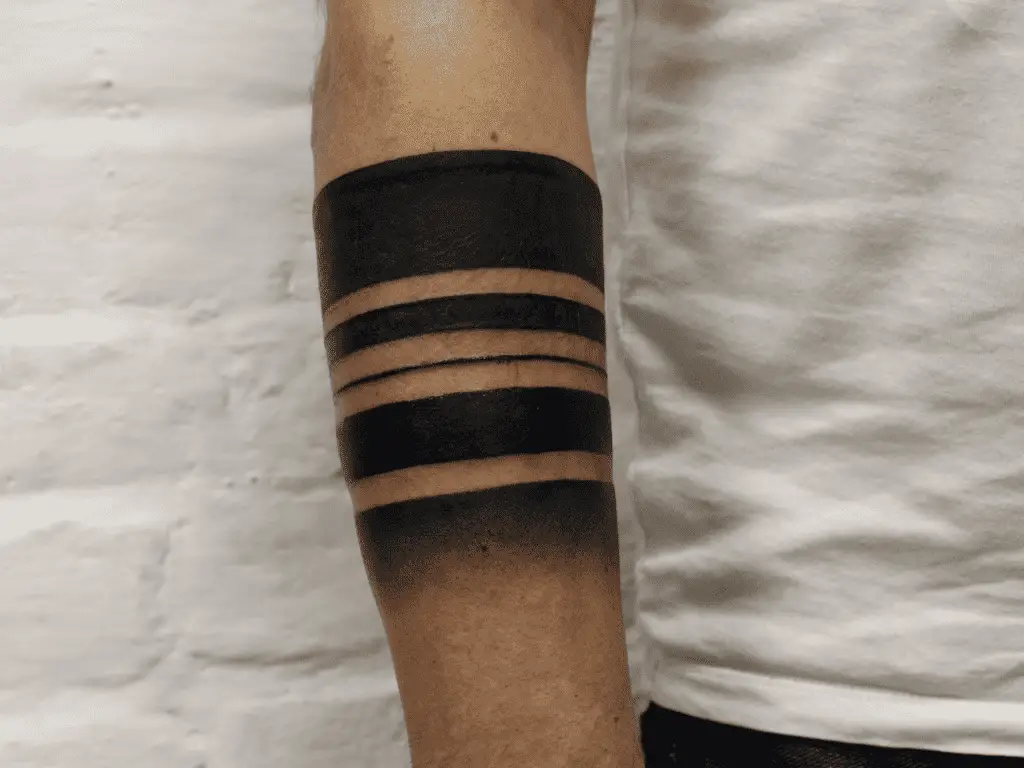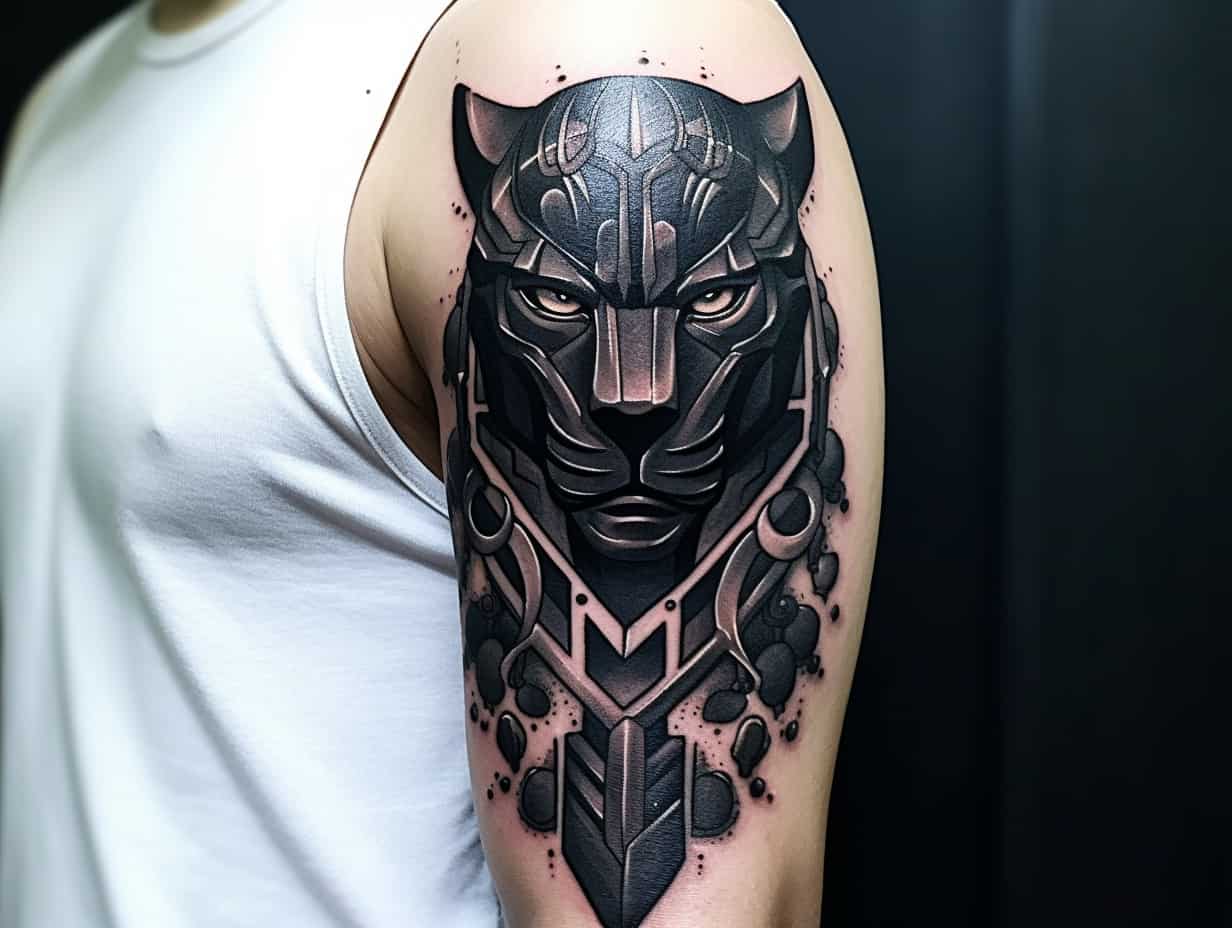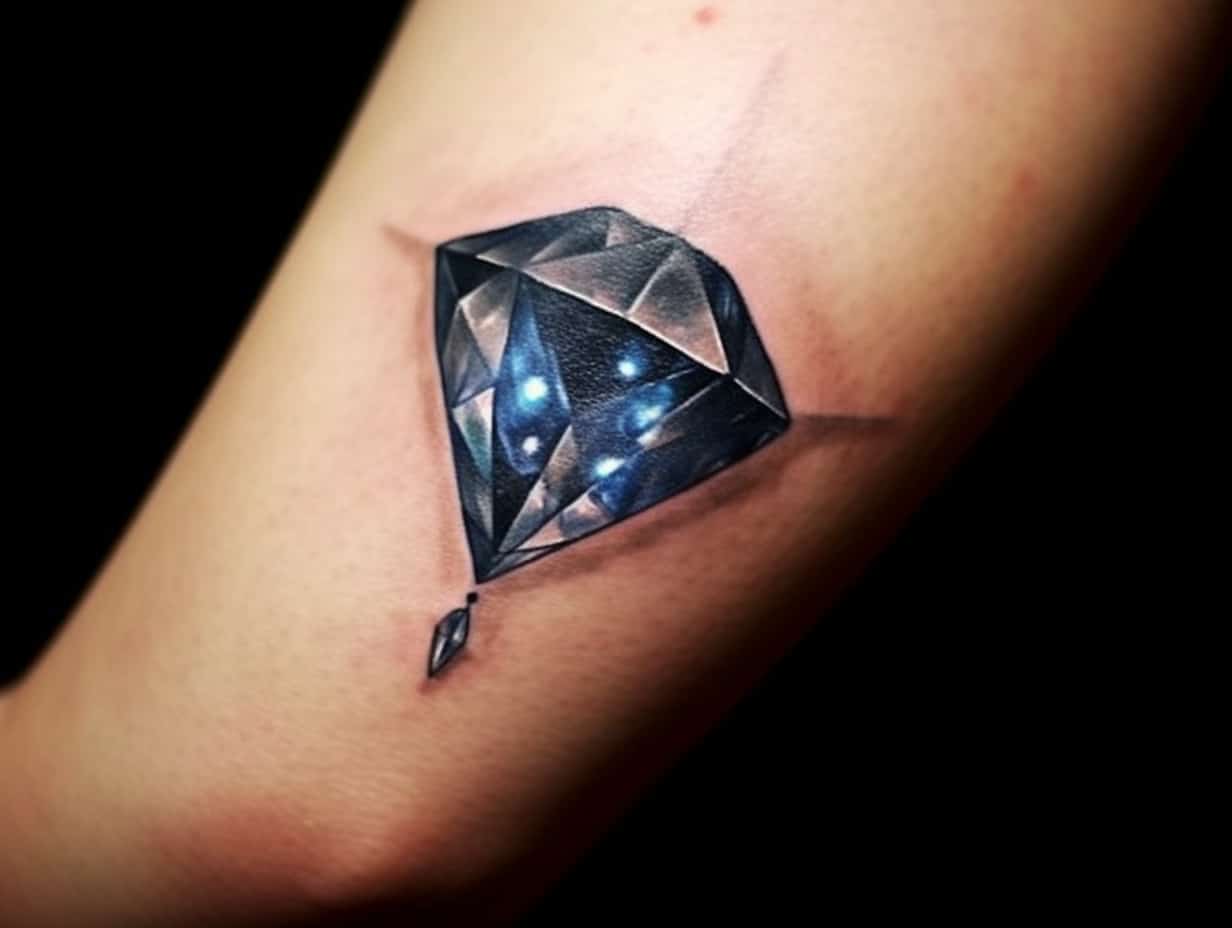A black line tattoo may be used to symbolize strength and power, or it may be worn as a reminder of a lost loved one.
It can also be a symbol of mourning or remembrance. Black line tattoos can be simple or complex, and they can be placed almost anywhere on the body.
Black Line Tattoo Meaning

1. Mourning
A black line tattoo has long been associated with mourning and death.
In the Western world, black is often worn to funerals as a sign of respect for the deceased. In China, white is traditionally associated with death, while in Japan, both white and black are used for funerals.
The use of a black line tattoo to symbolize mourning dates back to ancient times when people believed that wearing black could ward off evil spirits. Black has also been used as a symbol of mourning in more recent years.
For example, in the aftermath of the September 11th attacks, many people wore black ribbons as a way to show their solidarity with the victims and their families.
The use of black to symbolize mourning is thus deeply rooted in both traditional and more contemporary expressions of grief. For many people, it is a way to physically express their sadness and show their support for those who are grieving
2. Sadness
A black line tattoo’s interpretation is that of sadness.
This is often because black is associated with mourning and loss. In some cases, a black line tattoo may be in memory of a loved one who has passed away.
It can also be a reminder of a difficult time in someone’s life, such as a period of grief or heartbreak. A black line tattoo is a powerful way to express emotions that may be difficult to put into words.
3. Depression
A black line tattoo is often associated with depression.
For some people, the tattoo can represent the pain and darkness that they feel inside. For others, it may be a way to memorialize a loved one who has passed away.
A black line tattoo can be a powerful reminder of the struggles that someone has been through. It can also be a source of strength and hope, serving as a reminder that even in the darkest of times, there is still light to be found.
4. Anger
A black line tattoo can symbolize anger.
One theory is that the black ink represents the negative emotions that are bottled up inside. Another interpretation is that the black line tattoo is a way of channeling anger in a constructive way.
It can also be seen as a way of making a statement or expressing defiance. A black line tattoo is often seen as a way of expressing inner strength and power.
5. Betrayal
A black line tattoo is a mark of betrayal in many cultures.
The reasons for this vary, but often it is seen as a way of showing that someone has been unfaithful. In some cases, it may also be used to indicate that someone has broken a promise or taken part in an act of treachery.
Whatever the specific reason, a black line tattoo is generally viewed as a sign of disgrace and dishonor. For many people, it is seen as an irreversible mark that can never be erased or forgiven.
6. Loneliness
The black line tattoo is a popular choice for people who want to express their loneliness.
The simple, stark design can be used to create a sense of isolation and melancholy. The black line can also symbolize the dark side of the human soul or the void that exists within us all.
For some, the tattoo is a way to externalize their feelings of loneliness and despair. For others, it is a reminder that life is ultimately meaningless and empty.
Whatever the reasons, the black line tattoo is a powerful statement about the human condition. And for those who wear it, it is a badge of honor.
7. Anxiety
A black line tattoo can be used to signify anxiety.
The reason for this is that black is the color of fear and darkness. When someone gets a black line tattoo, it may be a way of expressing their anxiety or warning others about their condition.
In some cases, it may also be used as a way of self-harm. A black line tattoo can be a powerful symbol of anxiety and should be respected as such.
8. Stress
While the meaning of a black line tattoo can vary depending on the person, it often symbolizes stress.
For some, the tattoo represents the weight of the world that they feel constantly bearing down on them. For others, it may be a reminder of a particular traumatic event or period in their life.
A black line tattoo is often seen as a way to externalize the wearer’s internal struggles. In a sense, it is a way to make the invisible visible.
By making their struggles visible to others, the wearer can receive support and understanding from those who see their tattoo.
9. Death
In many cultures, black has long been associated with death and mourning.
In the West, black is often worn to funerals as a sign of respect for the deceased. In China, white is traditionally worn to funerals, as it is seen as a symbol of purity and rebirth.
However, in Japan, black is worn to funerals as it is believed to ward off evil spirits. The black line tattoo is thought to originate in Japan, where it was used by members of the Yakuza, a criminal organization, to mark their membership.
The tattoo was meant to instill fear in the hearts of their enemies and show that they were not afraid of death.
Black Line Tattoo Symbolism
A black line tattoo is a symbol of strength and resilience. It can represent the struggles we have faced in life and come out the other side stronger.
For some, it is a reminder of a loved one who has passed away. It can also be a way to honor our culture and heritage. Black line tattoos can be simple or complex, and they can be placed anywhere on the body.
They are often seen as graceful and elegant, and they are sure to make a statement. Whether you are looking for a simple tattoo or something more elaborate, a black line tattoo is sure to turn heads.
Conclusion
A black line tattoo can mean many things to different people. For some, it is a sign of strength and resilience, while for others it may represent loneliness or anxiety.
Whatever the meaning, a black line tattoo is sure to turn heads. So if you are looking for a tattoo that is sure to make a statement, consider a black line tattoo.




Leave a Reply